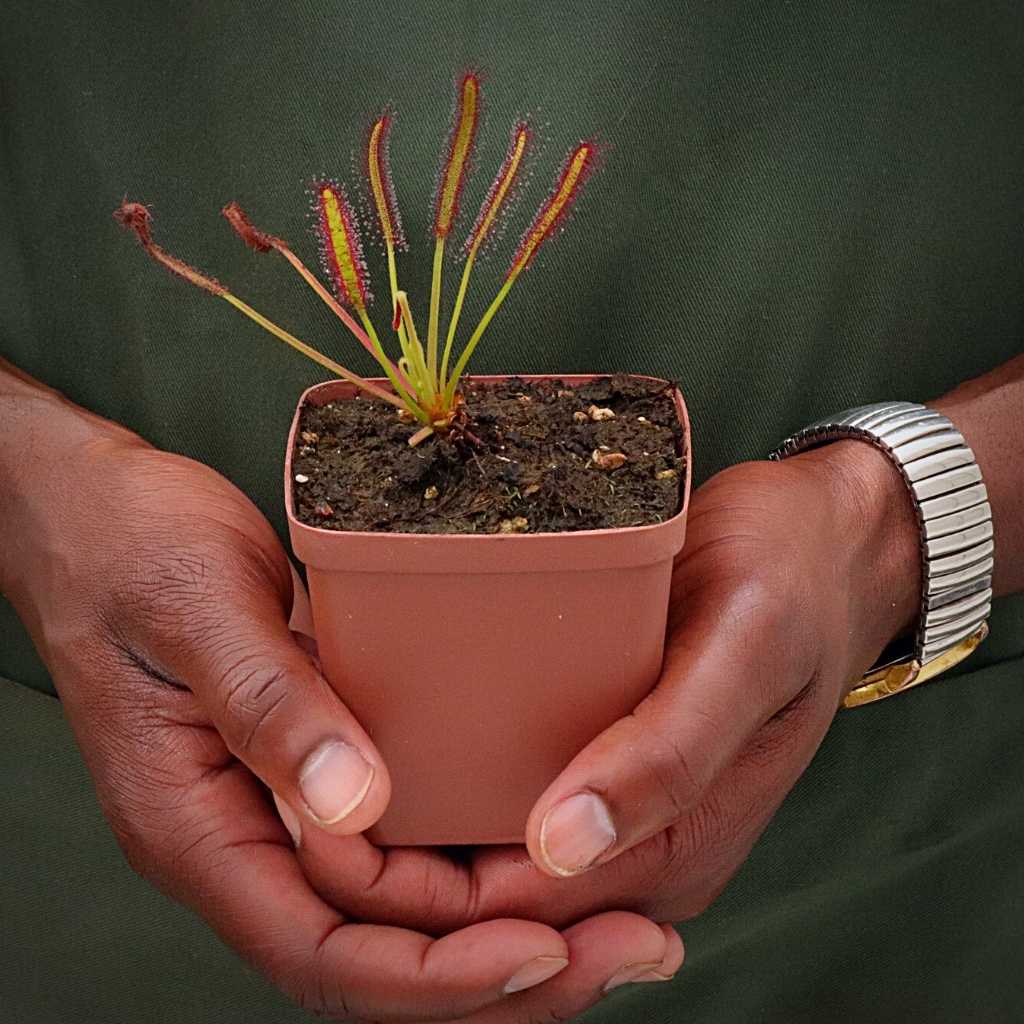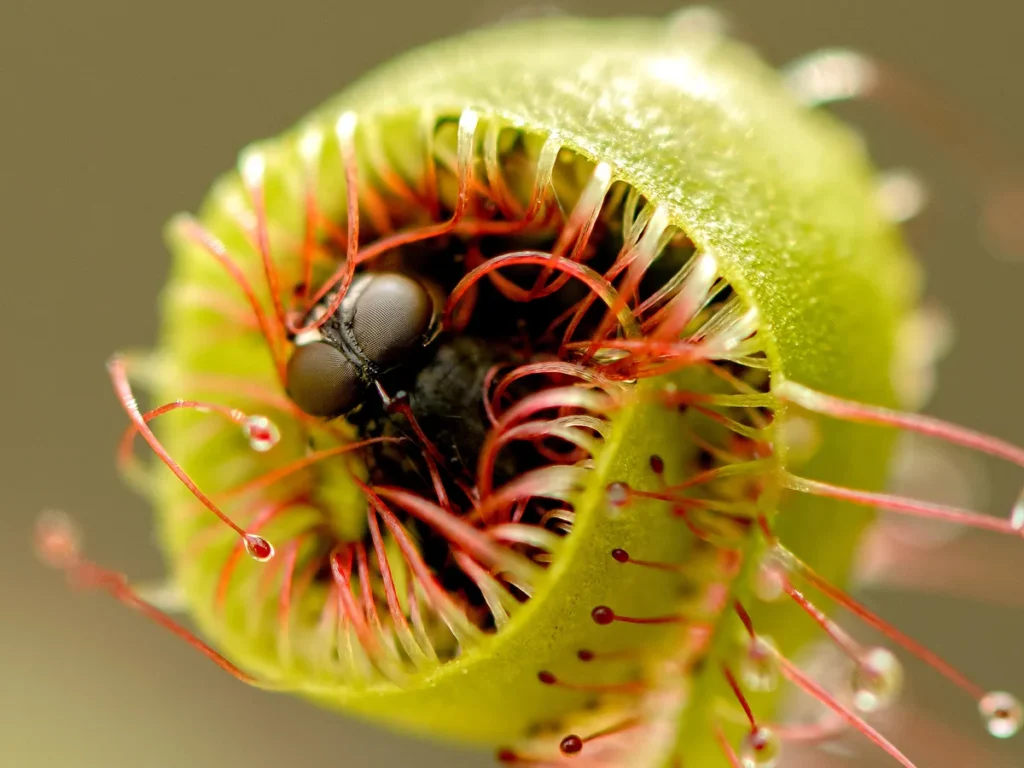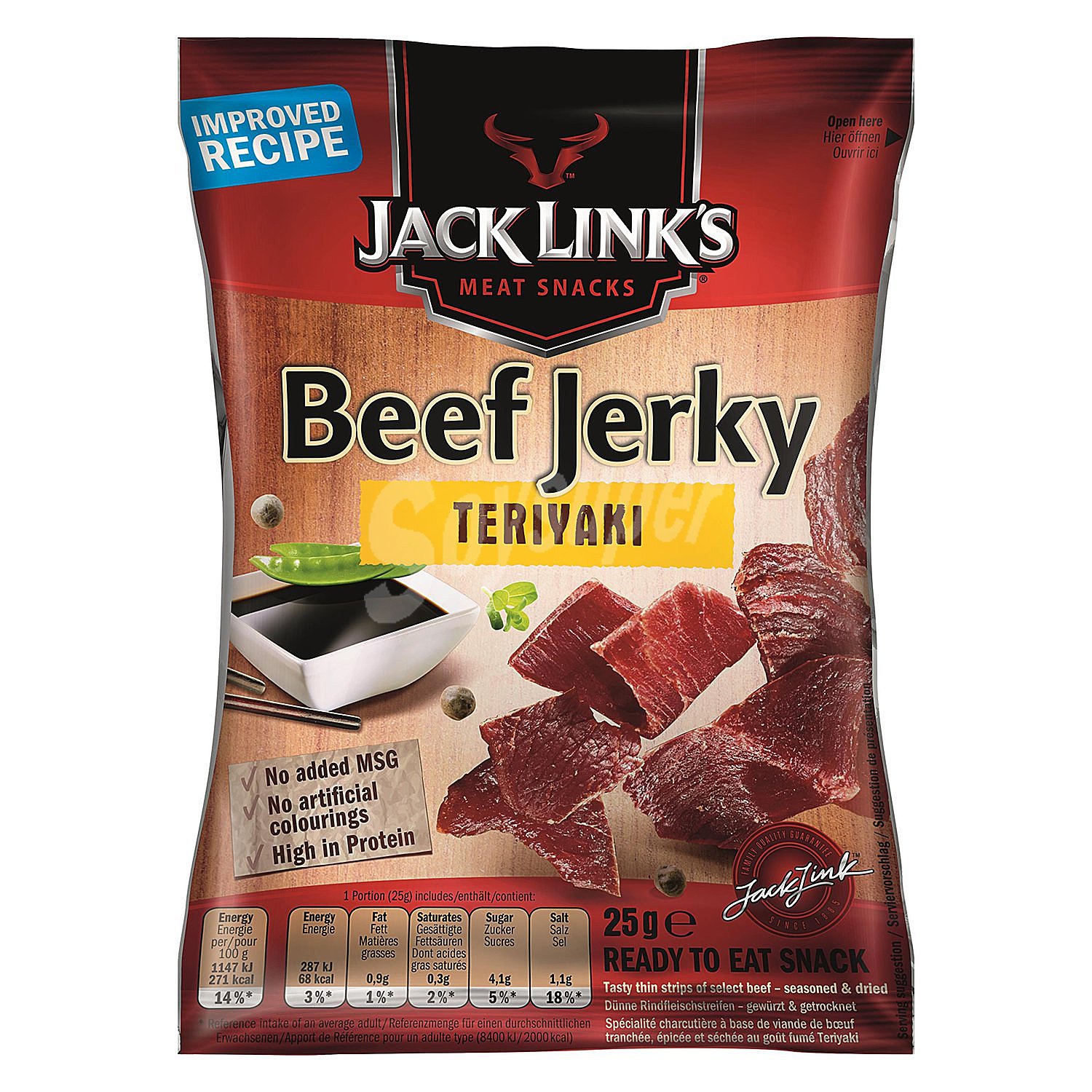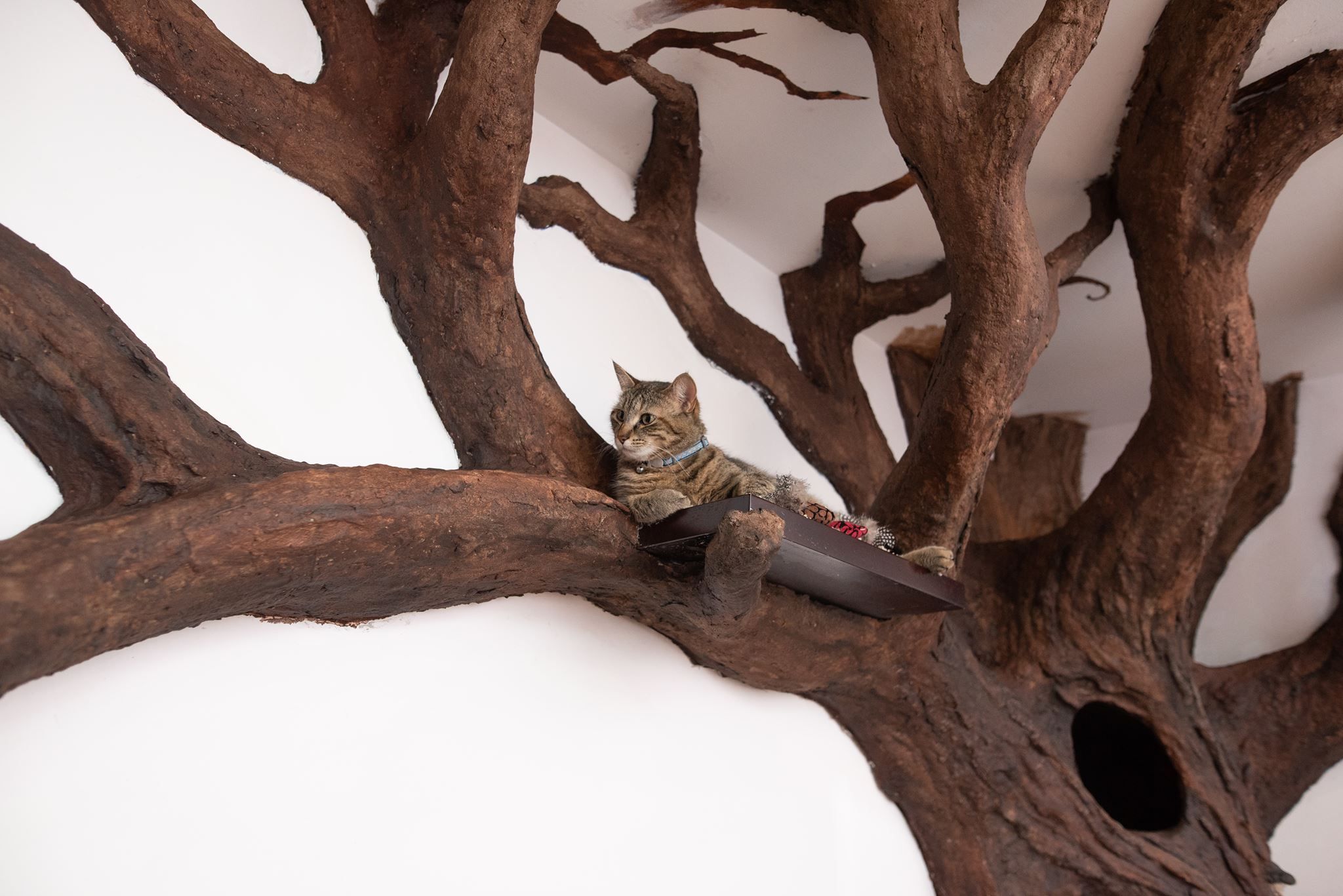
Sundews (Drosera) are a captivating association of flesh-eating verdure known for their tacky, glandular limbs that tempt and process bugs. Sundew This submission will find their exact characteristics, step-by-step survival processes, and how you might expand those entrancing plants at home.
Table of Contents
What Makes Sundews One of a Kind?
Predatory Nature
Sundews have progressed to flourish in horrendous conditions by taking pictures and processing bugs. Their leaves are covered in glandular hairs that discharge a tacky substance, which traps clueless prey. When a bug is trapped, the plant’s chemicals obliterate the prey, absorbing the supplements it wishes to live on.

Transformation to Supplement Unfortunate Conditions
Unlike most extreme vegetation, sundews don’t depend on soil for nutrients. This variety permits them to prosper in conditions in which extraordinary plants war. Their capacity to seize and process bugs makes up for the deficiency of supplements due to their environmental factors.
Sensitive and Lively Appearance
Sundews aren’t truly valuable; they might be additionally adorable. Their tricky leaves flicker with tacky drops, like morning dew. These plants are available in various styles and sizes, adding a hint of homegrown class to any assortment.
Advantages of Having a Sundew
Instructive Worth: Sundews gives a palms-on method for looking into plant expansions and flesh-eating conduct.
Regular Irritation Control: They help lessen the bugs in your home or nursery.
Stylish Allure: Their particular look makes them a putting expansion to any established assortment.
Instructions to Develop Your Sundew
1. Pick the Right Species
Different sundew species have distinct necessities. A few renowned sorts incorporate:
Cape Sundew (Drosera capensis): Simple to develop and exceptionally strong.
Alice Sundew (Drosera aliciae): Known for its rosettes of ruddy, unpracticed leaves.
String Leaf Sundew (Drosera filiformis): Elements extensive, string-like leaves.

2. Select the Right Environment
Sundews thrive in shiny, indirect slight. They want a humid environment with continually wet soil. A terrarium or a sunny windowsill with a humidity tray works well.
3. Use the Right Soil
A mixture of peat moss and perlite is proper. Avoid average potting soil, which contains vitamins that could harm the plant.
4. Watering
Use distilled or rainwater to keep the soil moist. Tap water regularly incorporates minerals that can be harmful to sundews.
5. Feeding
While sundews can capture their meals, you may complement their weight-reduction plan with minor bugs like fruit flies. This is especially useful if you’re growing them indoors.
6. Maintenance
Remove lifeless leaves and spent flower stalks to keep your sundew healthy. Also, regularly check for signs and symptoms of pests or diseases.

Conclusion
Sundews are a top-notch example of nature’s ingenuity. Their unique diversifications allow them to stay and tell the story in harsh environments and reason them to discover their fascination for botany and nature enthusiasts alike. Whether you’re looking to feature a unique plant for your series or searching for an herbal manner to govern pests, sundews are an excellent preference.
FAQs
1. What is the lifespan of a sundew?
Sundews can stay for several years, with some species thriving for up to ten years or greater beneath the right conditions.
2. How regularly do I want to water my sundew?
Sundews determine on continuously moist soil. Check the soil often and water as needed to prevent it from drying out, ideally retaining it lightly damp.
3. Do sundews need direct sunlight hours?
No, sundews thrive fantastically in bright, oblique light. Too much direct daytime can scorch their touchy leaves.
4. Can sundews be grown interior?
Absolutely! Sundews can be correctly grown indoors if you offer the correct quantity of moderate humidity.
5. Do I need to feed my sundew if it catches bugs?
While sundews can capture non-public meals, supplementing their food regimen with minor bugs can help sell healthful boom if grown indoors.






